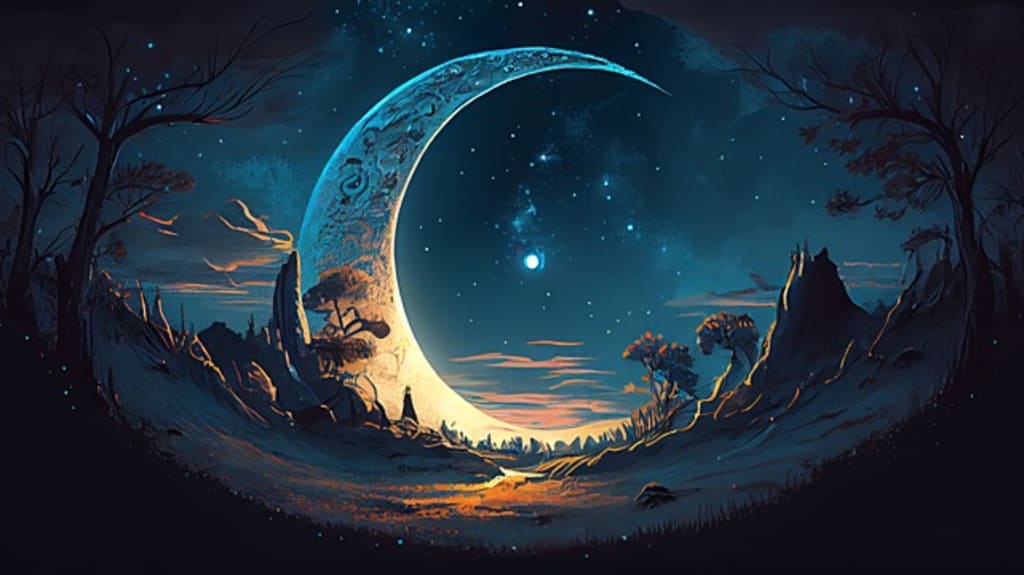
Galileo Galilei (1564–1642) was an Italian scientist, mathematician, astronomer, and philosopher who played a crucial role in the scientific revolution of the 17th century. Here are some key aspects of Galileo's life and contributions:
1. Early Life and Education:
Galileo was born on February 15, 1564, in Pisa, Italy. He came from a family of musicians, but he showed an early interest in mathematics and natural philosophy. Galileo entered the University of Pisa to study medicine but later switched to mathematics.
2. Inventions and Discoveries:
Galileo made several important inventions, including the thermoscope (an early version of the thermometer) and the geometric compass. He also improved the telescope, leading to significant astronomical observations. In 1610, he observed the moons of Jupiter, the phases of Venus, and the mountains and valleys on the Moon. These observations provided evidence for the heliocentric model of the solar system proposed by Copernicus.
3. The Copernican Revolution:
Galileo's support for the heliocentric model, which stated that the Earth orbited the Sun, brought him into conflict with the geocentric views of the time supported by the Catholic Church. In 1616, the Catholic Church issued a decree against the heliocentric model, and Galileo was warned not to teach or defend it.
4. Dialogue Concerning the Two Chief World Systems:
Despite the warnings, Galileo published a book in 1632 titled "Dialogue Concerning the Two Chief World Systems." The book supported the heliocentric model and was perceived as challenging the Church's views. Galileo was summoned to Rome by the Inquisition, found guilty of heresy in 1633, and forced to recant his heliocentric views.
5. House Arrest and Later Life:
Galileo spent the rest of his life under house arrest in his villa near Florence. Despite this, he continued his scientific work and wrote another influential book, "Discourses and Mathematical Demonstrations Relating to Two New Sciences," which laid the groundwork for the science of mechanics. He died on January 8, 1642.
6. Legacy:
Galileo's work laid the foundation for the scientific method and modern physics. His emphasis on experimentation and observation greatly influenced the scientific approach. In 1992, more than 350 years after his death, the Catholic Church formally acknowledged its error in condemning Galileo's support for the heliocentric model.
Galileo's contributions to astronomy and physics marked a turning point in the understanding of the natural world, challenging established beliefs and paving the way for the scientific advancements of subsequent centuries.
The Moon, Earth's only natural satellite, is a fascinating celestial body that has intrigued humans for millennia. Here are some key aspects of the Moon:
1. Formation and Composition
The Moon is believed to have formed about 4.5 billion years ago, not long after Earth. The prevailing hypothesis is that it was created from the debris left over after a Mars-sized body collided with Earth. Its composition is similar to Earth's outer layers, consisting mostly of oxygen, silicon, magnesium, iron, calcium, and aluminum, with small amounts of titanium, uranium, thorium, potassium, and hydrogen.
2. Orbit and Rotation
The Moon orbits Earth at an average distance of about 384,400 km (238,855 miles). It takes approximately 27.3 days to complete one orbit around Earth and the same time to rotate once on its axis. This synchronous rotation causes the same side of the Moon (the near side) to always face Earth.
3. Phases and Eclipses
The Moon's phases are the result of its orbital position in relation to Earth and the Sun. The phases—from new moon to full moon and back to new moon—take 29.5 days to complete. Lunar eclipses occur when Earth is directly between the Sun and the Moon, casting a shadow on the Moon. Solar eclipses happen when the Moon is directly between the Sun and Earth, casting its shadow on Earth.
4. Surface and Geological Features
The Moon's surface is covered with craters, mountains, and flat plains called maria (Latin for "seas"), which are basaltic plains formed by ancient volcanic eruptions. Notable features include the Tycho crater, the Mare Imbrium (Sea of Rains), and the Oceanus Procellarum (Ocean of Storms).
5. Gravitational Influence
The Moon's gravitational pull is a major factor in Earth's tides. It also has a stabilizing effect on Earth's axial tilt, which contributes to a relatively stable climate.
6. Exploration
The Moon has been the subject of human exploration for decades. The most notable missions were NASA's Apollo program in the 1960s and 1970s, which resulted in 12 astronauts walking on the Moon. Since then, various missions by different countries have explored the Moon, mostly through orbiters and landers.
7. Water Ice and Colonization Potential
8. Recent missions have confirmed the presence of water ice in permanently shadowed craters at the poles. This discovery is crucial for the potential long-term human colonization of the Moon, as it could provide water for drinking, growing crops, and making rocket fuel.
9. Scientific Importance
The Moon provides a unique environment for scientific research. Its relatively unchanged surface offers a record of the early solar system, and it's seen as a potential stepping stone for deeper space exploration, including missions to Mars and beyond.
10. Cultural Impact:
The Moon has had a significant impact on culture, science, and the arts throughout human history. It appears in various myths and folklore and has been a source of inspiration in literature, film, music, and art.





Comments (1)
Nice